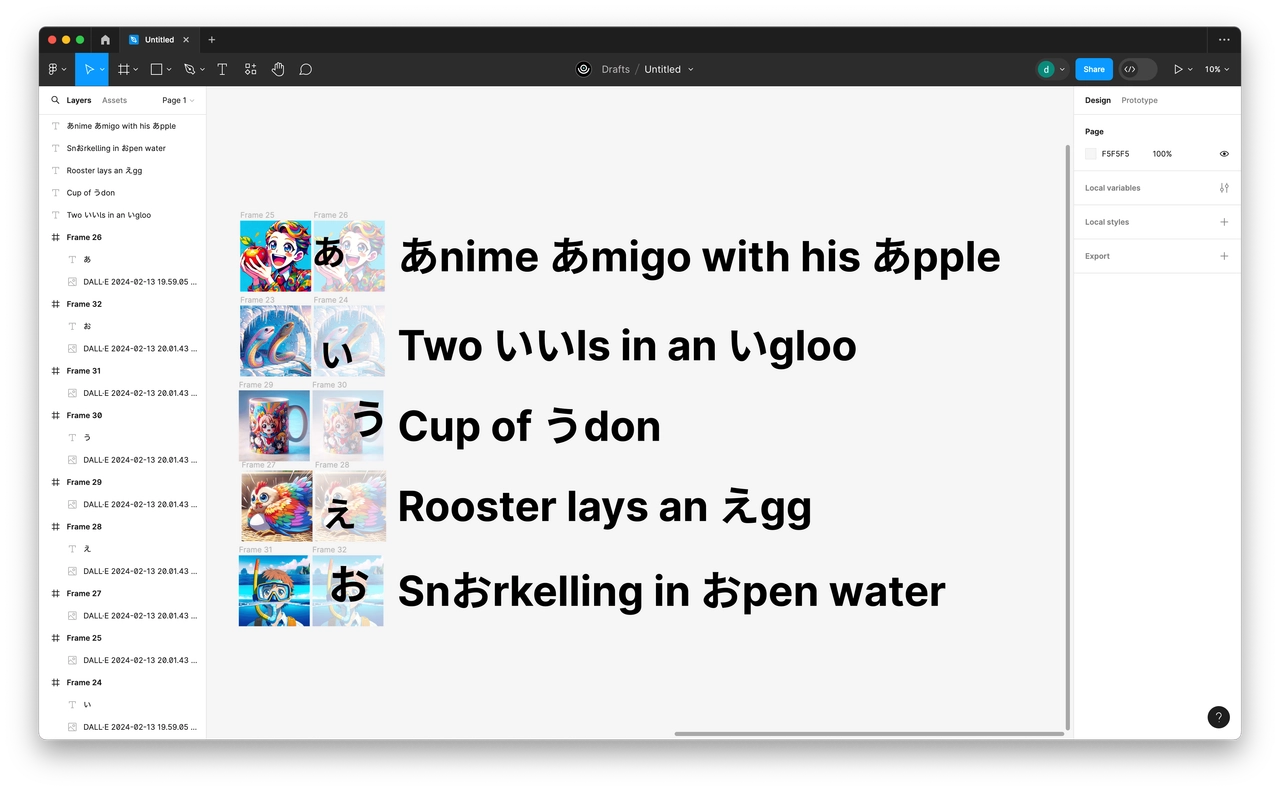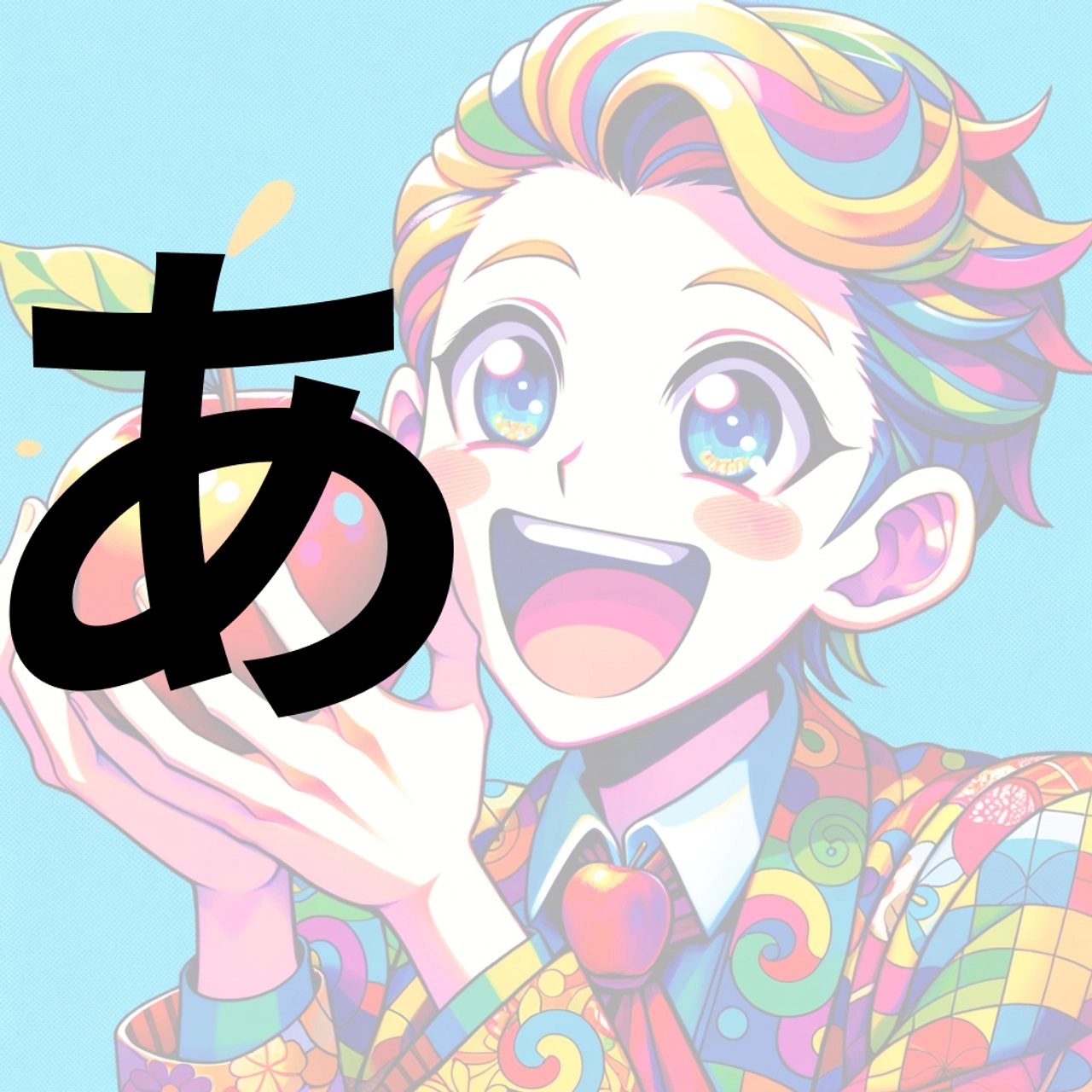Duolingo failed me
How can we correct the way we learn languages?
February 13, 2024 • 4 min read • roadwrap
Duolingo gamifies language learning the wrong way
The first time I approached learning French, I started with Duolingo.
I spent months learning, and the gamified approach really did help me to get into the habit of learning every day. There was just one teensy little problem: when time came to speak French, I struggled to string together a sentence. In fact, beyond simple sentences, I struggled to understand what was being said to me.
It made me realise a problem with this approach to French. I had become great at reading and writing (at least as far as the grammar points were concerned), but I had still failed to achieve the purpose of language: to communicate.
Learning from my mistakes
I shouldn't neg my French too harshly. My reading and writing became proficient enough to get around, but with English borrowing so much from the French language, it's hard to know how effective I really was at learning the language. It's not that much of a jump from my native tongue. The reality was that my first time in Paris was a reality check and you can't impress anyone with how good you are at reading a language.
When it came to learning Japanese, I remembered that lesson. I consumed a little bit too much content looking for the best way to approach Japanese given the percieved difficulty, but I eventually settled on a few key points:
- Spoken practice is key: I need to be able to speak the language. Practice out loud. It's not enough to just read and write.
- Talk to people: Speak to people who are native in the language. The Internet is a thing: use it. I do not regret getting out of the comfort zone and signing up for others on websites like HelloTalk and iTalki.
- Mnemonics: I need to remember the kanji. I need to remember the vocabulary. I need to remember the grammar. Use memory techniques to help remember the language.
- Consistency: You need daily practice.
- Gamify the speaking: This reiterates the first point, but use things like grammar combinations to practice speaking out loud and listening.
How does that relate to product?
I'm moving away from dev tools for now and launching an educational product. I haven't jotted out all the details, but there are some key points that I've jotted out.
My initial plan is to release a free version on how to learn Hiragana and Katakana. I'm going to use a combination of mnemonics visual cues to help others remember the characters and sounds.

In Figma (seen above), I just started to jot down some ideas on how to approach the learning. They were some examples of the visual cues.
For example, the character for "a" in Hiragana sounds like "ah" used in words like "anime", "amigo" and "apple". Combining these gives us a visual cue to remember the character.

In fact, the hiragana character for "a" (which is あ) kind of looks like an apple. So I can superimpose that symbol over the imagery to help make it a little more memorable.

Finally, my plan is to add the mnemonic alongside some recorded sounds so that people can get used to hearing it in practice.
For example, the mnemonic for "a" is "Animated amigos eat apples", while the example sounds I will add alongside it from a native speaker will be things such as アニメ (anime), ありがとう (arigatou, which we know as thank you).
Another example for い ("i)" is "Icy eels in igloos", with the example sounds being いいえ (iie, which we know as no) and いちご (ichigo, which we know as strawberry).
The mnemonic also gives a lovely visual:

Given that the symbol kind of looks like two eels beside each other, I can use that to help remember the character.

What do you all think?
For the course itself, I don't want people to just learn words. I want it to be all about putting it into practice and speaking it out loud.
That's just my brain dump for today. I'll update as I start making some more progress on this.
-- Dennis